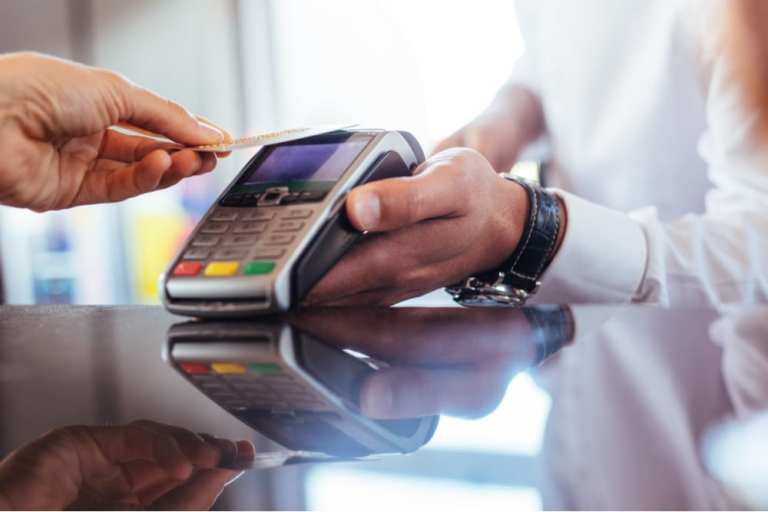
Get ready for the contactless card surge.
This holiday season may remind you of the “hurry up and wait” component of brick-and-mortar commerce.
Standing in line, juggling packages and wallets, counting cash at the register to make exact change. The folks ahead of you, fiddling with cards and inserting them at the terminal, perhaps forgetting PINs — the delays can add up.
Might consumers be ready for a new way to pay?
In an interview with PYMNTS, Jeremiah Lotz, managing vice president of Digital Experience and Payment Products at PSCU, said the timing is right for the shift to contactless.
His comments came in the wake of findings by credit union service organizations that a rush to adopt contactless cards is likely to come in 2020 and beyond. PSCU said it has rolled out a half-million contactless cards to members from 14 credit unions (CUs).
And next year, PSCU estimates it will distribute more than 3 million new contactless cards to more than 100 CUs.
In other data, as the How We Will Pay Study conducted by PYMNTS and Visa shows, interest in contactless payments is on the rise among more than 31 percent of consumers surveyed, versus about 26 percent a year ago.
The interest in contactless payments, as PYMNTS and Visa found, is tied to a desire for speed and convenience, as cited by 69 percent of respondents, with a desire for security cited by 43 percent of individuals.
The end result is that tap to pay may become a go-to method for in-store purchases, due in part to an increased readiness from the merchants themselves.
In one statistic from Visa, as many as 95 percent of terminals have contactless-enabled capabilities — and, per data from October of this year, 80 percent of the top 10 merchants in the U.S. now accept near field communication (NFC) payments. Lotz said a growing number of smaller merchants are tackling the hardware and software upgrades needed to promote contactless payments.
“I think you’d be hard-pressed to find a point of sale machine today that, as a merchant, you’re going to purchase that doesn’t support contactless,” he said.
The Consumer Perspective
The other side of the equation, as Lotz explained, is that consumers are becoming more comfortable with mobile payments.
“Consumers are also comfortable with their plastic cards,” he said. “They understand their purpose, the usability and the experience they will have.”
Against that backdrop — comfort with technology and comfort with cards — consumers are primed to embrace payment methods that bypass the wait that has so far marked in-person commerce.
Lotz said one tailwind for contactless may come because consumers perceive that it takes longer to insert a card at an EMV terminal, wait for the various prompts, and then wait for the all-clear signal that a transaction has been processed.
“When you do the ‘tap and go,’ the experience feels faster,” he noted.
Exposure to new use cases, such as mass-transit initiatives, may induce cardholders to try contactless payments in other settings, Lotz predicted.
Education is also crucial in getting contactless payments to reach critical mass. As Lotz told PYMNTS, PSCU has been working to give CUs the tools to reach consumers and get them to realize the ease of use (and security features) tied to contactless card payments.
With a nod to security, he pointed out that the PCI Security Standards Council recently published a data security standard that enables merchants to accept contactless payments using commercial, off-the-shelf devices, such as smartphones, through NFC.
“Educating those consumers on how it works and the fact that it is still a safe, secure transaction is an obligation on both the merchant and the issuer side,” said Lotz.
Such outreach from the CUs can have a positive impact, leading the contactless card to be top of wallet (whether that wallet is physical or digital).
Digging down a bit into the types of payments likely to be conducted through contactless conduits, Lotz said studies across European markets — where contactless has been more widely adopted — shows these cards are often used for smaller transactions.
“The research has shown that [contactless cards] are replacing cash transactions” typically tied to debit card activity, Lotz noted.